With its mixture of dark comedy and noirish leanings, Paul Feig’s A Simple Favor earned a cult following. Its awkward epilogue hinted at further stories to tell, but none of them exactly screamed for a sequel.
Which is where ANOTHER SIMPLE FAVOR finds itself boxed in from the start, unsure how to justify its own existence. Stephanie Smothers (Anna Kendrick) is now a successful content creator and amateur sleuth. While on a book tour, Stephanie is surprised when Emily Nelson—aka Hope McLanden (Blake Lively)—unexpectedly emerges from prison and invites her to a wedding in Capri as maid of honour. Given the groom is a mysterious, mobbed-up Dante Versano (Michele Morrone), murder and mayhem are sure to follow.
This sequel could have gone in one of two directions: repeating the formula that made the first film a success, or leaning heavily into the cosy crime angle. Feig and screenwriters Jessica Sharzer and Laeta Kalogridis veer off in an awkward third direction, abandoning both the original’s noir homage and the potential of a lighter genre exercise. In their place is a tonally chaotic caper—one that wants to be a whodunnit, but lands closer to Mamma Mia.

Without spoiling the murder itself, or the minor twists and turns that follow, the core problem this time is that the mystery just lacks the intrigue needed to sustain the plot. Elizabeth Perkins (replacing Jean Smart) and Allison Janney, as Emily’s mother and aunt respectively, add very little other than broad comedy until the climax. Supporting cast from the original are largely sidelined. Instead, most of the film becomes an excuse for Kendrick and Lively to cavort around the island, changing into increasingly large hats in every scene.
Which is entirely fair, given the location. Veteran cinematographer John Schwartzman beautifully captures the Capri backdrops. So, on a technical level at least, it’s slickly shot and makes excellent use of the setting.
ANOTHER SIMPLE FAVOR hints at more to come—and who can blame them, when actors playing dual roles (The Alto Knights, Sinners, Mickey 17) are so hot right now. But if this series is to survive on its new streaming home of Prime, it’ll need to decide whether it’s content to be stylish fluff or lean right into the cosy comforts of reliable formula.
2025 | USA | DIRECTOR: Paul Feig | WRITERS: Jessica Sharzer, Laeta Kalogridis | CAST: Anna Kendrick, Blake Lively, Andrew Rannells, Bashir Salahuddin, Elizabeth Perkins, Michele Morrone, Elena Sofia Ricci, Alex Newell, Henry Golding, Allison Janney | DISTRIBUTOR: Amazon MGM Studios | RUNNING TIME: 108 minutes | RELEASE DATE: 1 May 2025




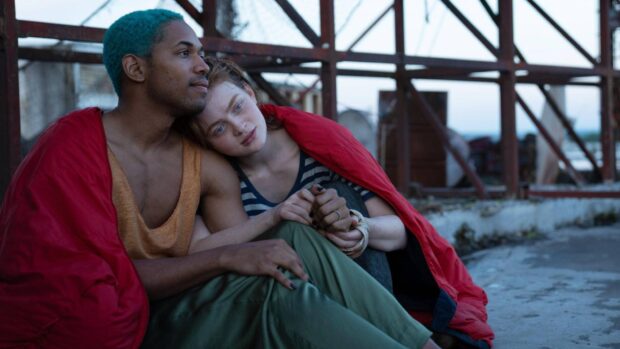
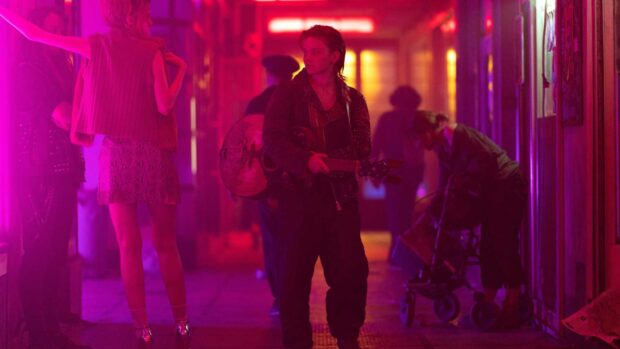



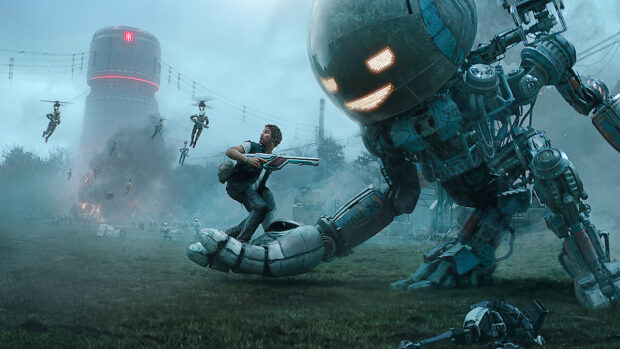

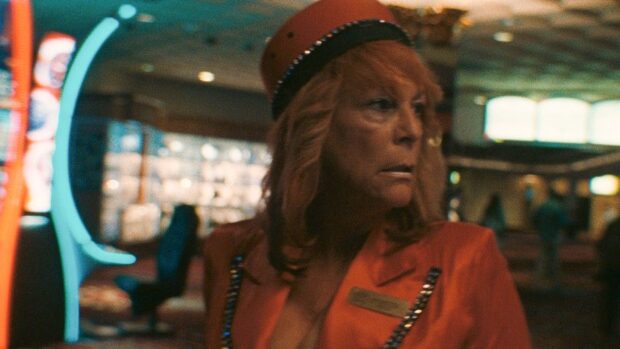

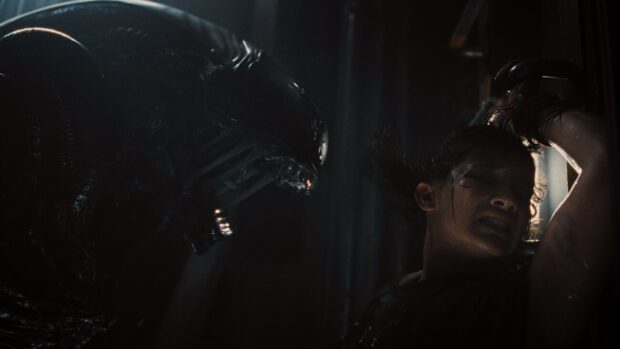
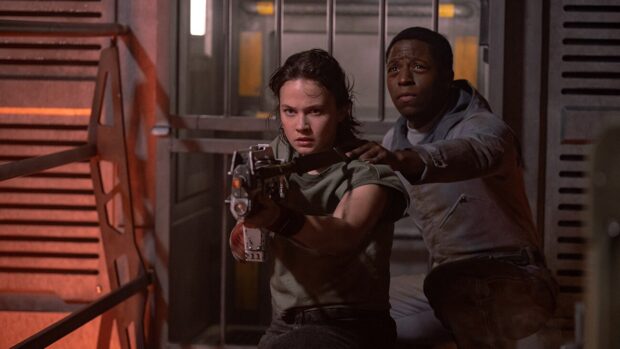
![Review: As Long as We Both Shall Live [Fantasia 2023]](https://thereelbits.com/wp-content/uploads/2023/08/alawbsl-001f-203x150.jpg)
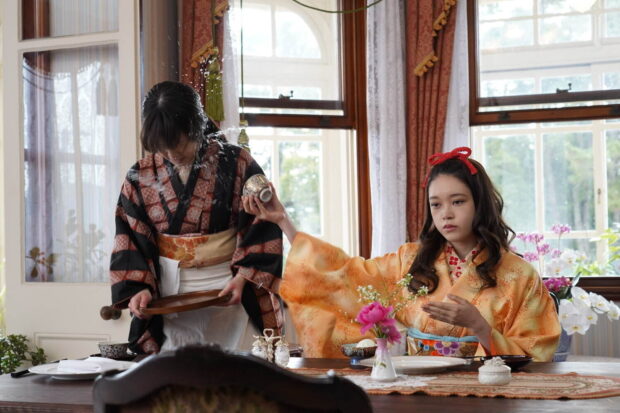

![Review: #Manhole [NYAFF 2023]](https://thereelbits.com/wp-content/uploads/2023/06/manhole001f-203x150.jpg)
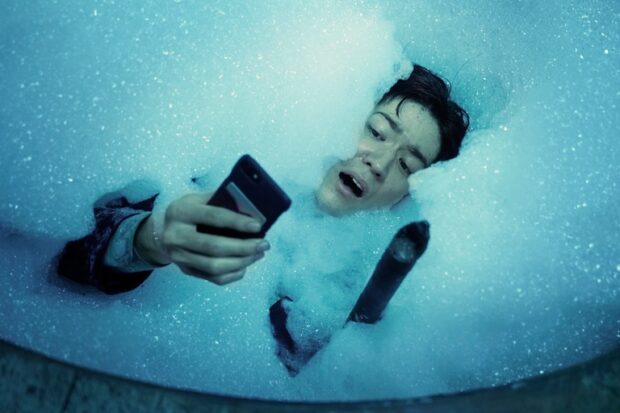

![Review: Vital Signs [NYAFF 2023]](https://thereelbits.com/wp-content/uploads/2023/07/vital-sign001f-203x150.jpeg)
